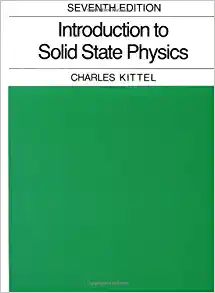#4 on hear I can't find the answer to. Can you please help me
ocument Related Documents Related Textb Visualizing ionic formulas using Salts and Solubility simulation from the PhET Activity 1 Learning Goals Students will be able to: . Determine the chemical formula by observation of ionic ratios in solutions . Relate the simulation scale to real lab equipment through illustration and calculations . Predict the chemical formula of compounds with a variety of ion charge combinations Directions Open the Salts and Solubility simulation link 1. Shake some salt out and note the ratio of the sodium to chloride. a. Write a formula for sodium chloride using the periodic table to find the elements' symbols. NaCI 35335353 b. Check with the instructor to see if your answer makes sense. Answer makes sense 2. Go to the Slightly Soluble Salts tab. a. Determine the formulas of the other six salts. Makeup symbols for Arsenate and Phosphate, they aren't elements, so you won't find their symbols on the periodic table. Strontium Phosphate: Sry(PO.)2 Silver Bromide: AgBr Thallium (1) Sulfide: TI,S Copper(I) Iodide: Cul Silver Arsenate: Ag ,AsO, Mercury (II) Bromide: HgBr, b. Check a common ions table or use other resources to see what the charge of each ion is and explain why your formulas make sense. The formulas make sense because the charge of the formulas has to equal to a zero charge. Ionic compounds have an anion which is a negatively charged ion and a cation which is a positively charged ion. For the formula to make sense subscripts are used to help figure out the number of atoms found for each element which makes it the reason formula's charge is needed to balance to zero. c. Use resources to find the formulas for the six compounds. Cite the sources. Correct any of your formula and explain the changes you had to make. Strontium Phosphate: Sry(PO.)2 http:/www.endmemo.com/chem/compound/sr3p04_2.php Silver Bromide: AgBr http://www.endmemo.com/chem/compound/agbr.php Thallium (1) Sulfide: TI,S http://www.endmemo.com/chem/compound/t12s.php Copper (I) Iodide: Cul http://www.endmemo.com/chem/compound/cui.php Silver Arsenate: Ag ,AsO. http://www.endmemo.com/chem/compound/ag3as04.php Mercury (II) Bromide: HgBrz http://www.endmemo.com/chem/compound/hgbr2.php The formulas were already balanced from the beginning 4. Look at the volume scale on the Table Salt tab and talk about what the container would look like. a. Draw a picture that shows how big the container is compared to a 5 ml test tube. b. Show a calculation to support your reasoning c. How would your drawing change for the salts on the Slightly Soluble Salts tab? d. Why do you think the volume had to change? Explain why the volume change makes sense. 5. Use the Design a Salt tab to make models of a variety of ionic combinations. Make a table like the one below. Determine the formula for all possible compounds for ions with charge of -3 to +3; give evidence by drawing a picture of the salt as it is represented in the simulation; explain why the







